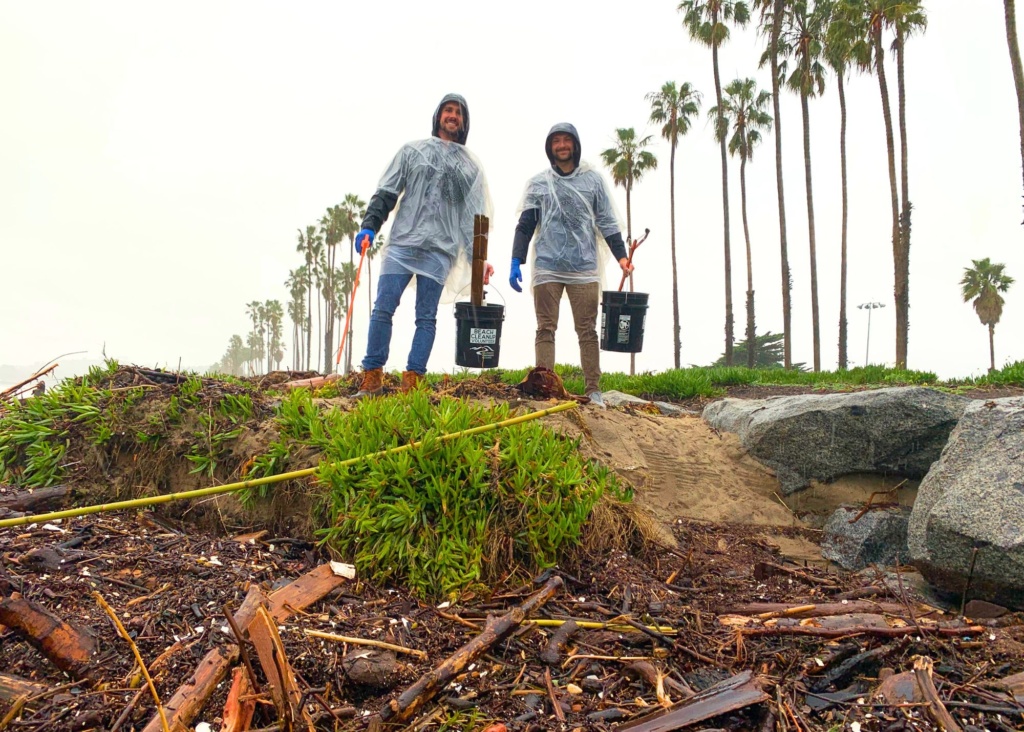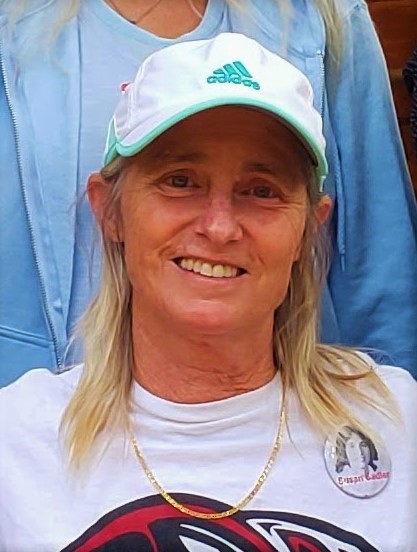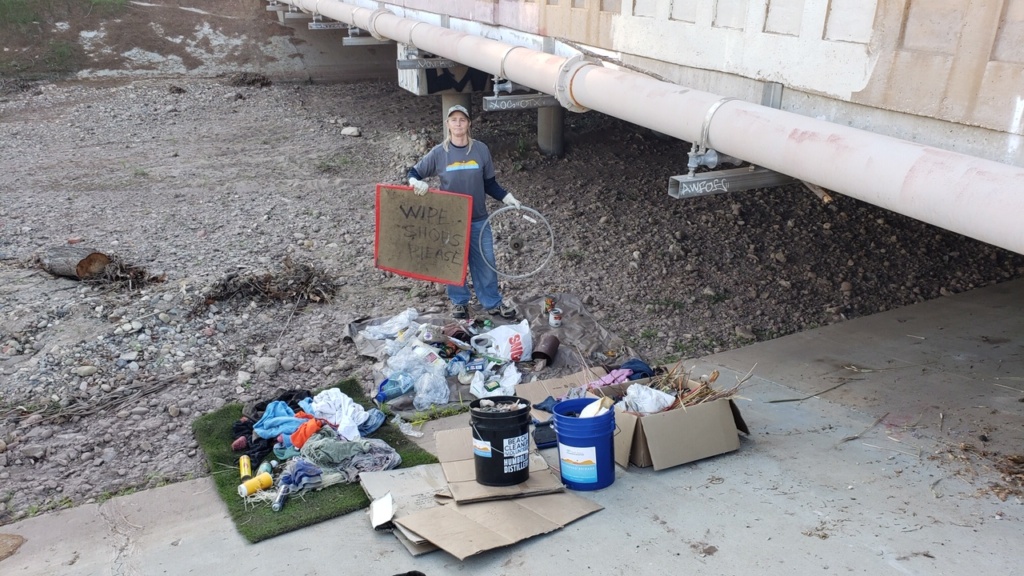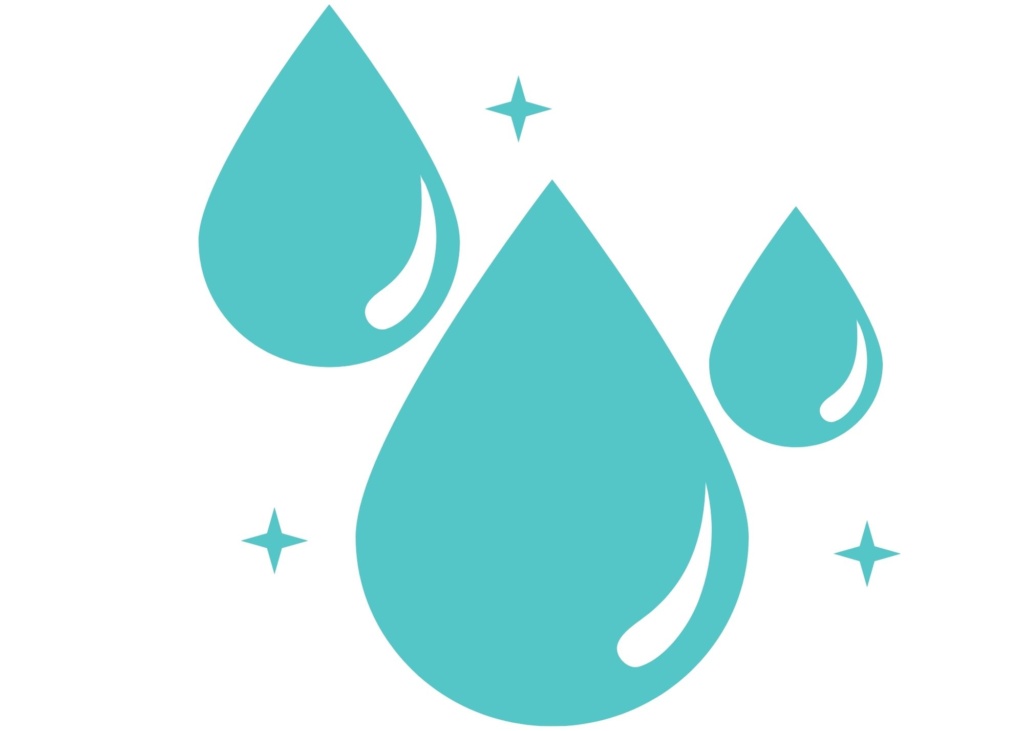Help Keep Trash Out of the Santa Barbara Channel
Every time it rains, stormwater enters the City of Santa Barbara’s storm drain system and flows untreated to the ocean. On its way, this water picks up trash and debris that litters our streets and sidewalks. A lot of this trash ultimately ends up on our beaches. Wildlife can ingest and/or become entangled in plastic and other pieces of trash. Stormwater is a major source of pollution for our creeks, wetlands, and ocean.

Cleaning up the mess and keeping trash out of the ocean is a massive job that calls for the Watershed Brigade! This litter-fighting group of Channelkeeper volunteers acts as the last line of defense by heading out in groups or on their own to remove trash from city streets, trails, parks, and beaches before it can be swept into the ocean. Volunteers clean up trash higher in the watershed prior to forecasted rain events to prevent trash from entering storm drains and along the coast after storms.
Interested in conducting a Watershed Brigade storm response cleanup? Before you head out, take a look at our cleanup safety guidelines. Important storm-related guidelines include checking the local weather forecast and tide levels; wearing protective clothing, shoes, and gloves; and remembering to put your personal safety first. High tides, waves, outflows, and currents can be dangerous during and after storms. To minimize potential health risks, Santa Barbara County Environmental Health Services recommends that people do not swim, play, or surf in the ocean and creeks for at least three days (72 hours) following a significant rainfall event.

Channelkeeper has trash grabbers, bags, gloves, and buckets that volunteers are welcome to borrow and use. We’re grateful for your help to remove trash and debris from our coastline.
In an effort to stop the flow of pollution into our local waterways and prevent the need for future storm response cleanups, Channelkeeper also continuously advocates for upstream solutions. We have worked along with partner organizations to convince municipalities across our region to adopt ordinances that ban the distribution of plastic grocery bags, Styrofoam takeout containers, and plastic straws, stirrers, and cutlery. In addition, we work to educate the community about the impacts of single-use plastics on our oceans, wildlife, and human health. Channelkeeper also supports an initiative spearheaded by Abblitt’s Fine Cleaners to recycle film plastic.
To join the Watershed Brigade, visit our webpage, join our Facebook Group, or follow us on Instagram (@Watershedbrigade).


